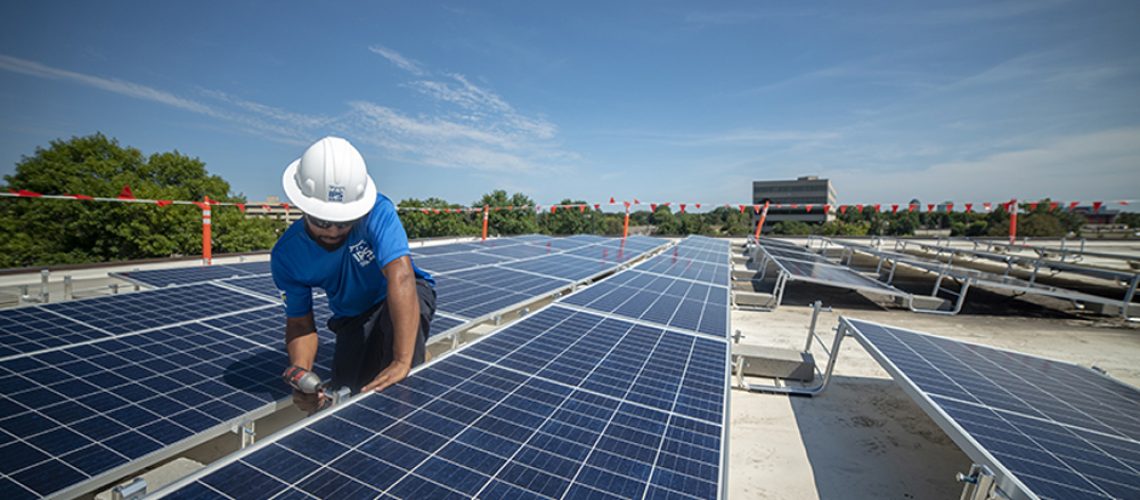As utility customers face the higher costs of gas-fired generation, Minnesota’s approach to valuing community solar will help protect customers from price volatility, said a director with the Institute for Local Self-Reliance.
Community solar built in Minnesota this year will earn 11.78 cents/kWh for the next 25 years – a rate set by state regulators under the state’s value-of-solar law.
“Assuming natural gas prices remain high,” the value that regulators set later this year for community solar projects built in 2023 will rise, “providing an incentive to install more solar and reduce customer exposure to gas,” said John Farrell, a director with the Institute for Local Self-Reliance, in a post.
Utilities are passing on to their customers the higher prices they pay for natural gas, Farrell said, citing a Minnesota example. The price of natural gas, which ranged between $3 and $5 per million British thermal units in recent years, is now above $5, he said, citing US Energy Information Administration (EIA) data, and noting that EIA predicts that the price will remain high through year-end.
Minnesota calculates the value of community solar projects based on five components, shown below with their weightings for projects built this year:
- 35% avoided environmental cost
- 21% avoided fuel cost
- 20% avoided generation capacity
- 19% avoided transmission and distribution capacity
- 5% avoided operations and maintenance
Because avoided fuel cost is the second-largest component of the total value, higher natural gas costs this year will be reflected in the state’s value of community solar next year. That will incentivize the installation of solar projects, Farrell said, and reduce price volatility for all electricity customers.
“The more that solar energy can displace the use of gas-fired energy, the less price volatility will impact customers,” he said.
The largest component of the value-of-solar calculation, avoided environmental cost, reflects the value of avoiding local air pollution and greenhouse gas emissions by displacing fossil generation with solar.
Minnesota’s value-of-solar approach assumes that natural gas is both the marginal fuel and the marginal generation capacity, said Gabriel Chan, associate professor at the University of Minnesota’s Humphrey School of Public Affairs, in an interview highlighted in Farrell’s post. But Chan said the region’s grid operator MISO reports that coal is the marginal fuel for over 50% of the hours in both summer and winter.
“Coal generation has become expensive on a marginal basis, and that’s pushed it in our wholesale markets to be a marginal fuel,” Chan said.
Minnesota currently has 837 MW of community solar.



